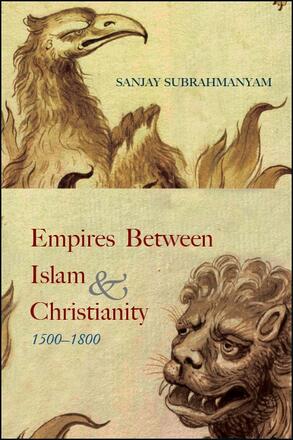
Empires between Islam and Christianity, 1500-1800
Alternative formats available from:
A wide-ranging consideration of early modern Muslim and Christian empires, covering the Iberian, Ottoman and Mughal worlds, including questions of political economy, images and representations, and historiography.
Description
Empires Between Islam and Christianity, 1500–1800 uses the innovative approach of "connected histories" to address a series of questions regarding the early modern world in the Indian Ocean, the Mediterranean, and the Atlantic. The period between 1500 and 1800 was one of intense inter-imperial competition involving the Iberians, the Ottomans, the Mughals, the British, and other actors. Rather than understand these imperial entities separately, Sanjay Subrahmanyam reads their archives and texts together to show unexpected connections and refractions. He further proposes, in this set of closely argued studies, that these empires often borrowed from each other, or built their projects with knowledge of other competing visions of empire. The emphasis on connections is also crucial for an understanding of how a variety of genres of imperial and global history writing developed in the early modern world. The book moves creatively between political, economic, intellectual, and cultural themes to suggest a fresh geographical conception for the epoch.
Sanjay Subrahmanyam is Distinguished Professor and Irving and Jean Stone Chair in the Department of History at the University of California, Los Angeles. He is the author of several books, including The Political Economy of Commerce: Southern India, 1500–1650.
Reviews
"…Subrahmanyam manages brilliantly to bypass aprioristic historiographical and geographical categories with their heuristic bias and ideological implications. " — Cyber Review of Modern Historiography
"Sanjay Subrahmanyam, the preeminent practitioner of 'connected histories,' offers yet another set of fascinating encounters of peoples, objects, ideas, and practices between the Ottoman, Mughal, and British empires. As always, he stays close to the archive, but is nonetheless able to spin a wonderfully imaginative web of pictures and stories. A delightful read. " — Partha Chatterjee, Columbia University